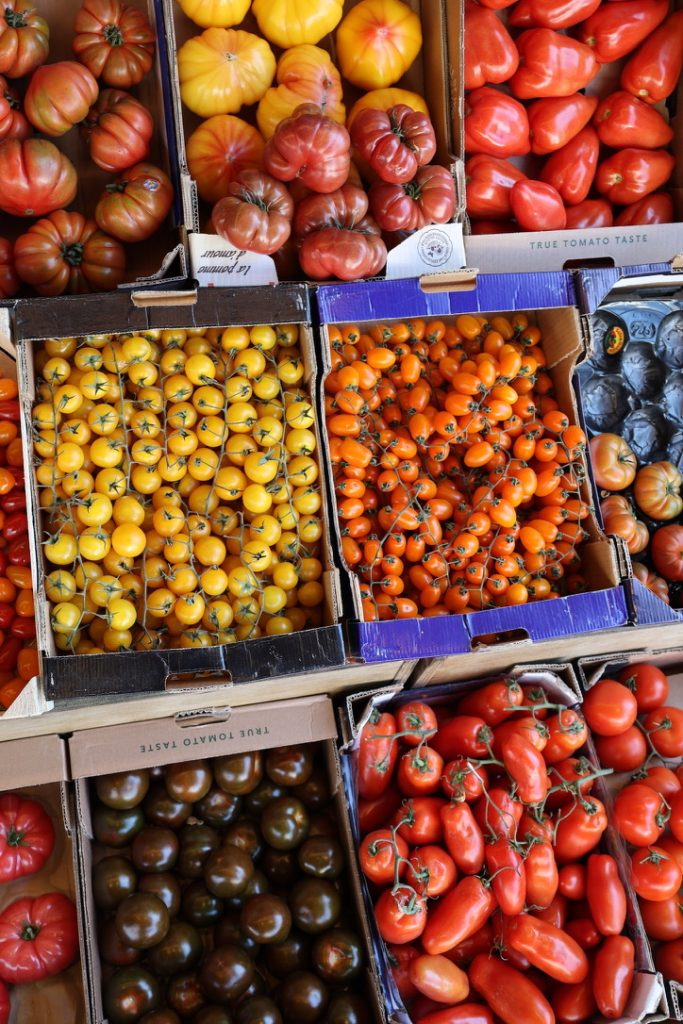After months of roots, cabbage and citrus, spring produce is beginning to come through — not all at once, but steadily. Wild garlic is up in the woods and starting to appear in our recipes. Early asparagus has arrived — English, Italian, wild — and Alphonso mangoes are coming back, small and golden and highly sought-after. A shift in the seasons, and in our cooking.
Wild garlic comes first, all at once, carpeting forest floors. The leaves are mild and grassy, and can be used raw or wilted like spinach. Good in pestos, butter, or simply stirred through soups and broths. The white flowers come later and can be pickled or scattered over dishes as a garnish. Keeps for a few days in a sealed container or wrapped in a damp cloth.
Wild Garlic & Sorrel feature on Circus Pizza’s Special this month: The Primavera. A pizza to celebrate the abundance of spring greenery at its peak. Fior di latte, Italian fennel sausage, cima di rapa, and friarielli, finished with a generous handful of shredded sorrel & wild garlic. Enjoy on the terrace or order via our newly launch delivery app.
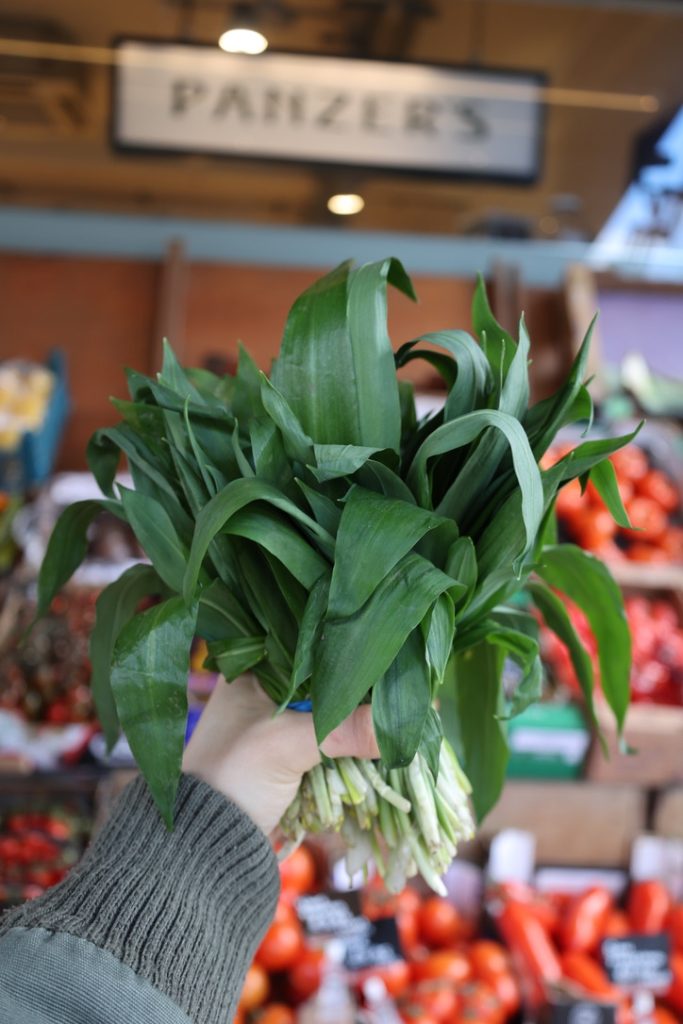

English asparagus has started to arrive, alongside Italian and wild varieties. The early spears are tender and sweet, and don’t need much more than a quick blanch or a turn on a hot pan. If the stalks are thick, peel the bottom third. The purple varieties are slightly sweeter and can be eaten raw, shaved into ribbons. Wild asparagus — thinner and more fibrous — benefits from gentle cooking and is good folded into eggs or laid over soft polenta. It’s worth buying in bunches when you see it, as the season comes and goes quickly.
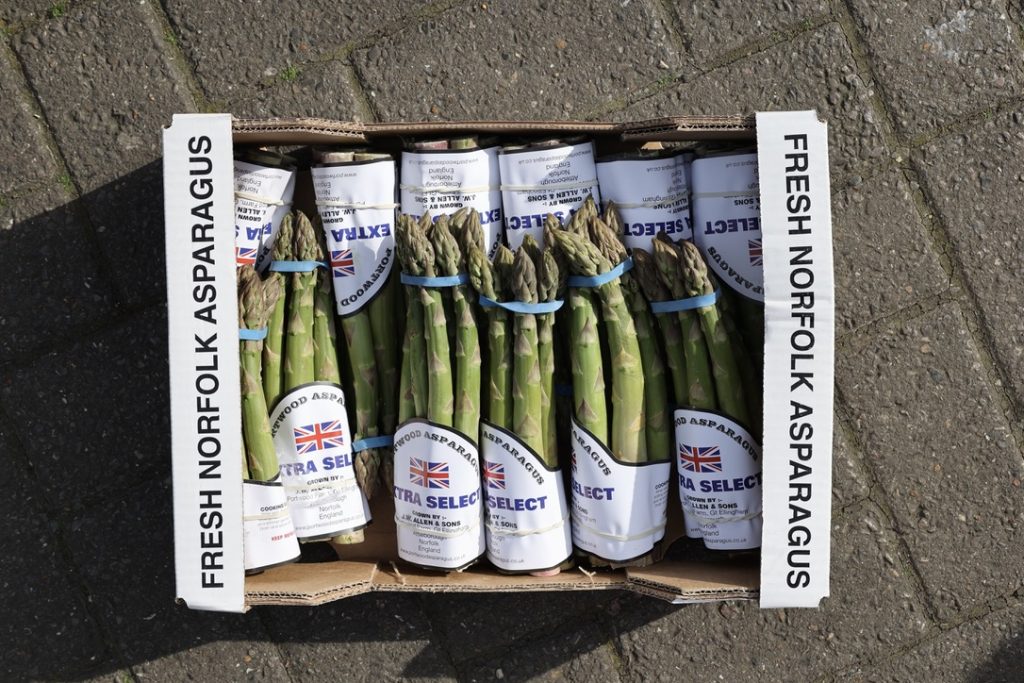
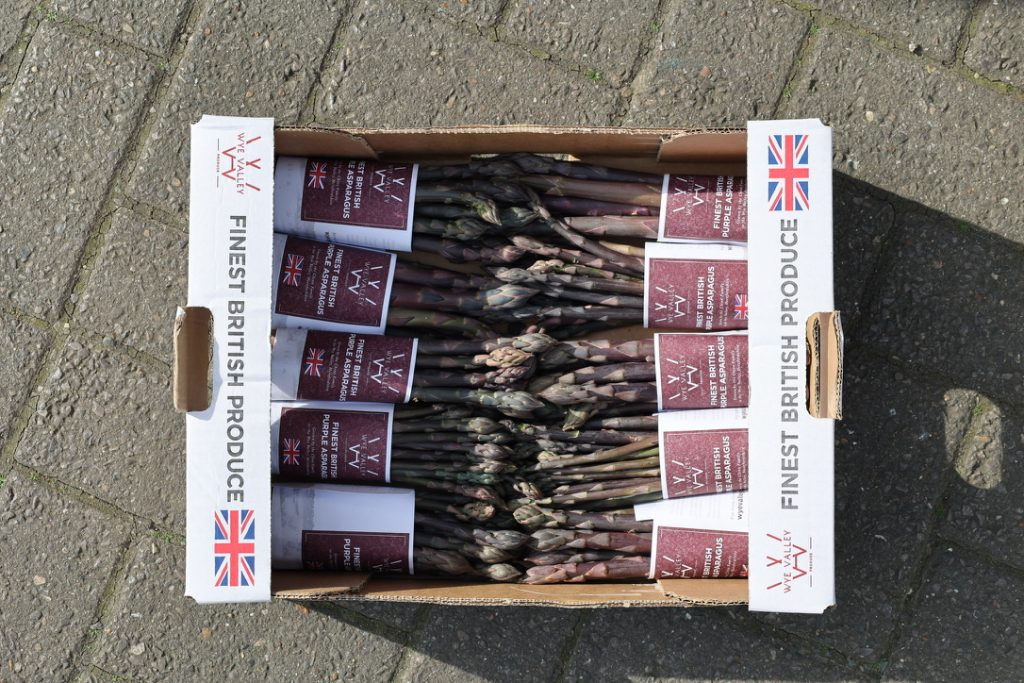
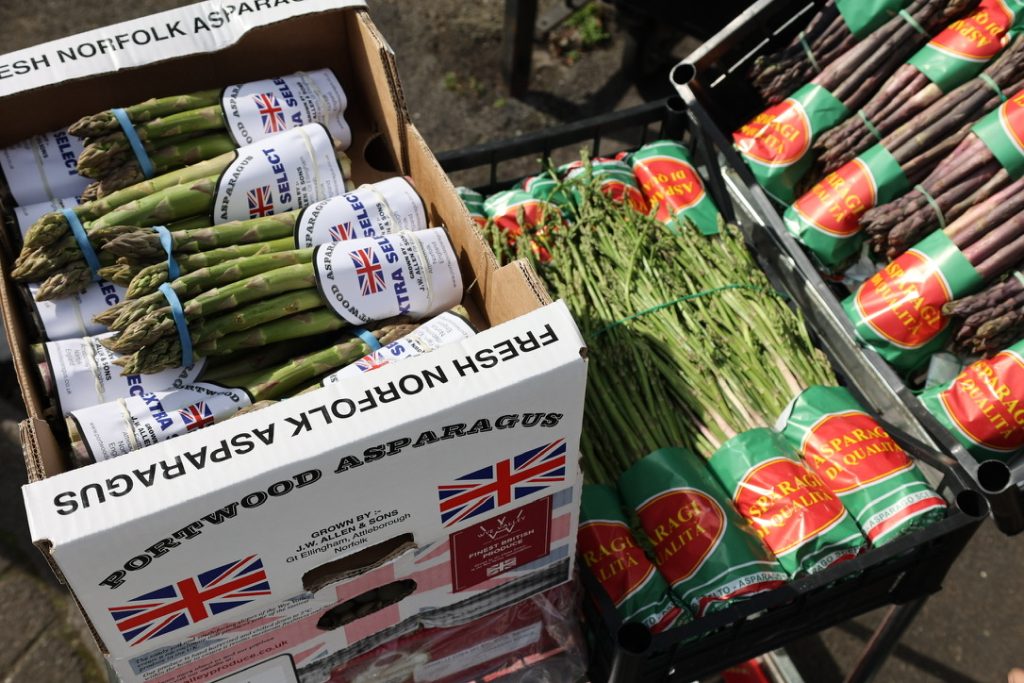
Jersey Royals – The first few crops are in — still small, but with the distinctive waxy texture and earthy, slightly sweet flavour. They’re grown on steep slopes (or “cotils”) in Jersey, often using seaweed as fertiliser, which gives them a particular mineral quality. Boil in salted water, dress with good butter or oil and a little salt. A sprig of mint in the water is traditional but optional. No need for peeling — just a quick scrub under cold water.

These black seedless grapes are from the late summer harvest in the Southern Hemisphere — South Africa, in this case. Crisp, dark-skinned, and properly sweet without the syrupy quality of less interesting grapes. Excellent eaten cold, straight from the fridge. If you’re cooking, they roast well — halve them and roast with a splash of vinegar to serve alongside soft cheese or meat.

We know it’s still a little early, but Alphonso mango season is just around the corner, and it’s a time we look forward to most.
The Alphonso season is brief and much anticipated. Grown in western India — typically in Ratnagiri and Devgad — these mangoes are smaller than the fibrous ones you’ll find in supermarkets year-round. The flesh is smooth, intensely sweet, and perfumed almost like saffron or cardamom. Good ones should feel heavy for their size and yield slightly to pressure. Eat chilled, peeled and sliced, or just cut the cheeks off and use a spoon. Best not to mess around too much. Some people blend them into lassis or eat them over rice — a nice combination of hot and cold.
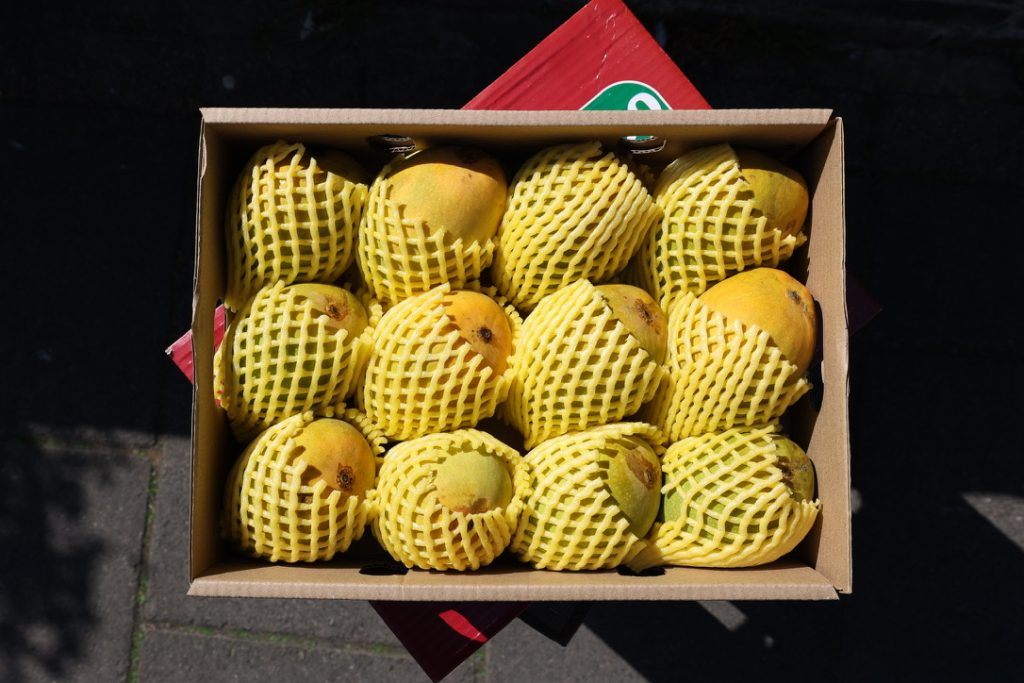
Tomatoes are taking over! Early varieties from Sicily and southern Spain are looking good — datterini, camone, oxhearts. If they smell like a tomato plant, you’re onto something. Datterini are small and intensely sweet, good for roasting whole or making quick sauces. Oxhearts are best raw, sliced thickly with salt and olive oil. It’s still early days for English tomatoes, but imported ones can be excellent if you know what you’re looking for. Don’t refrigerate unless they’re overripe.
